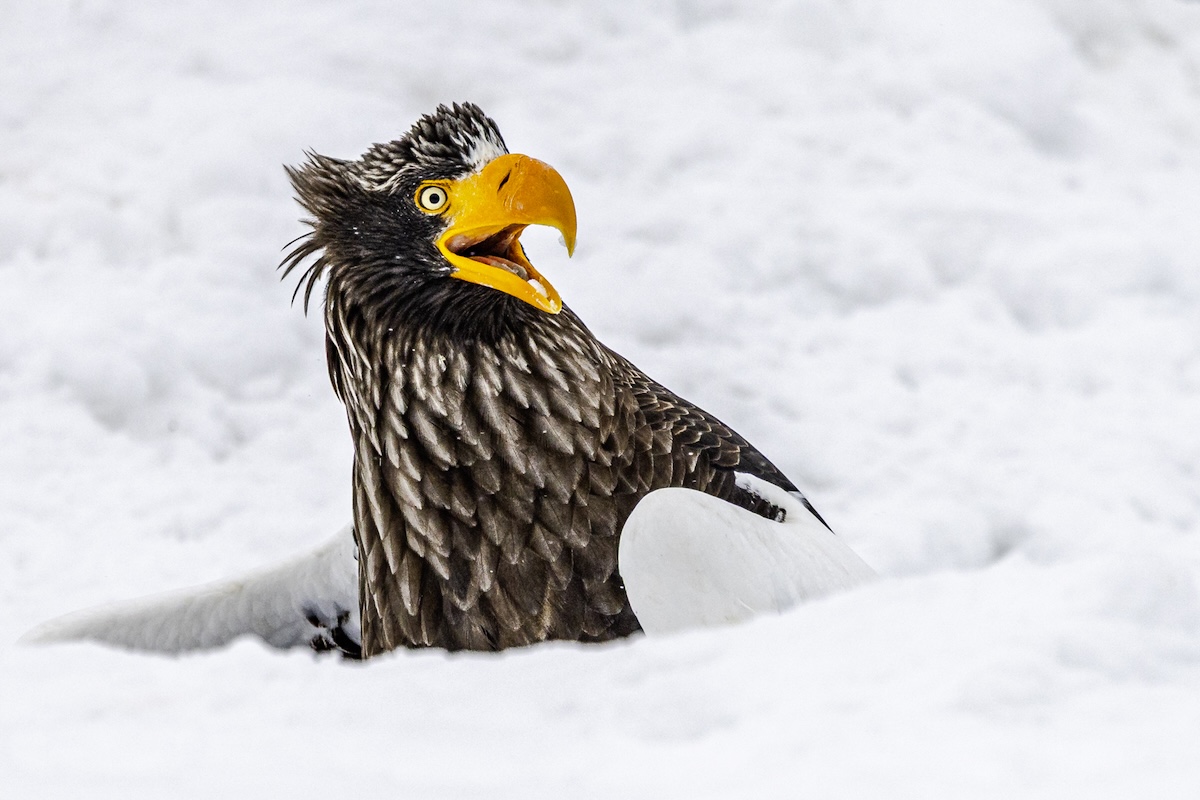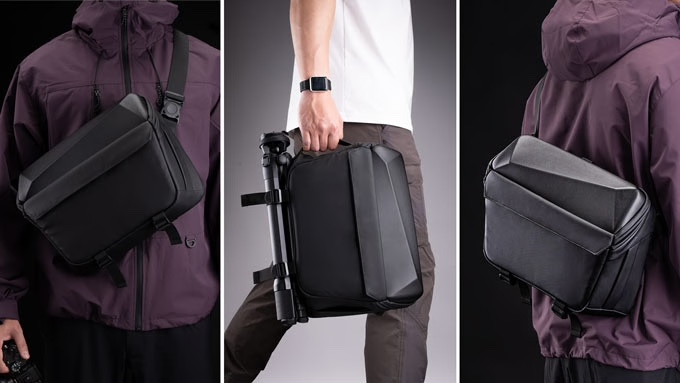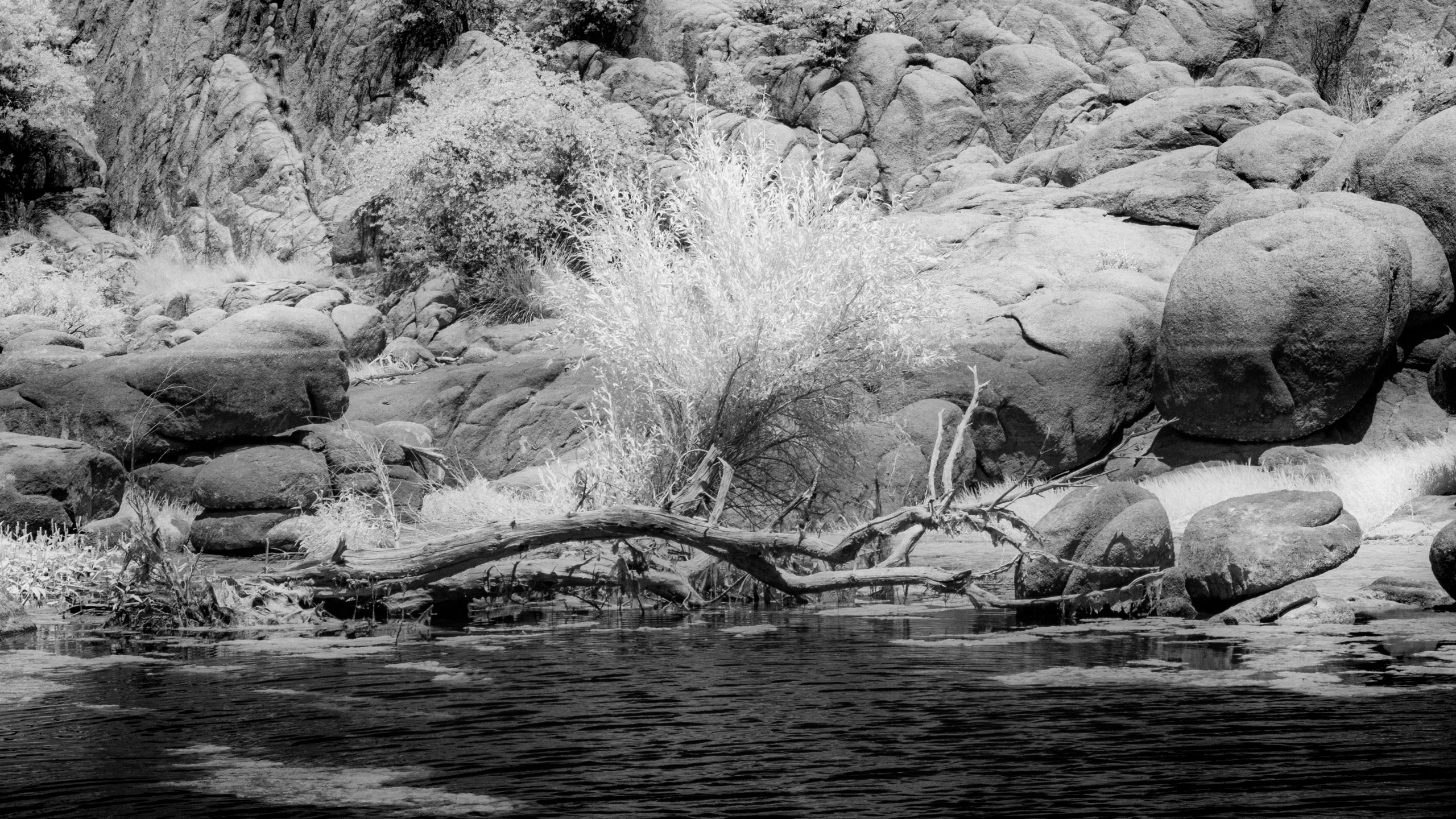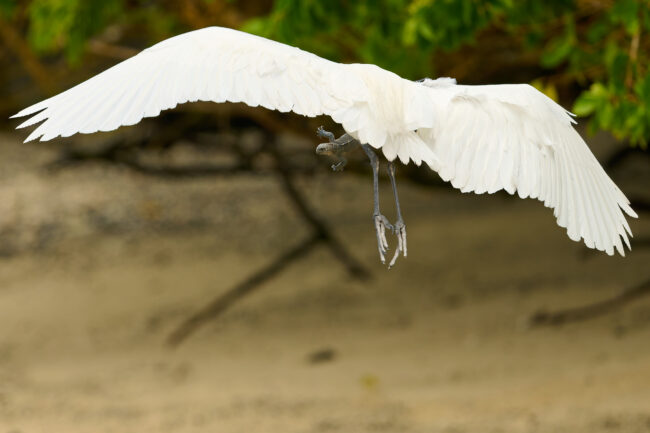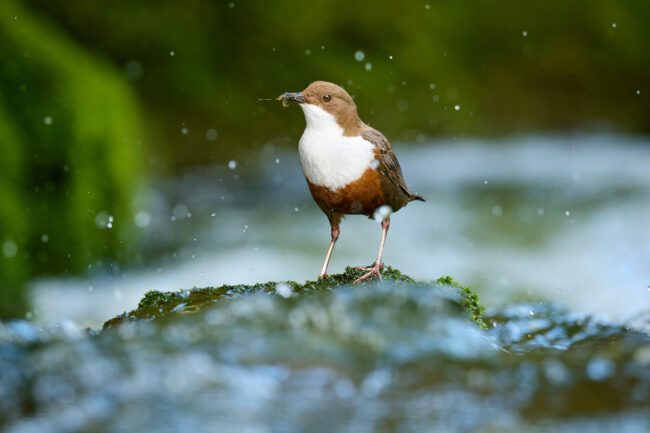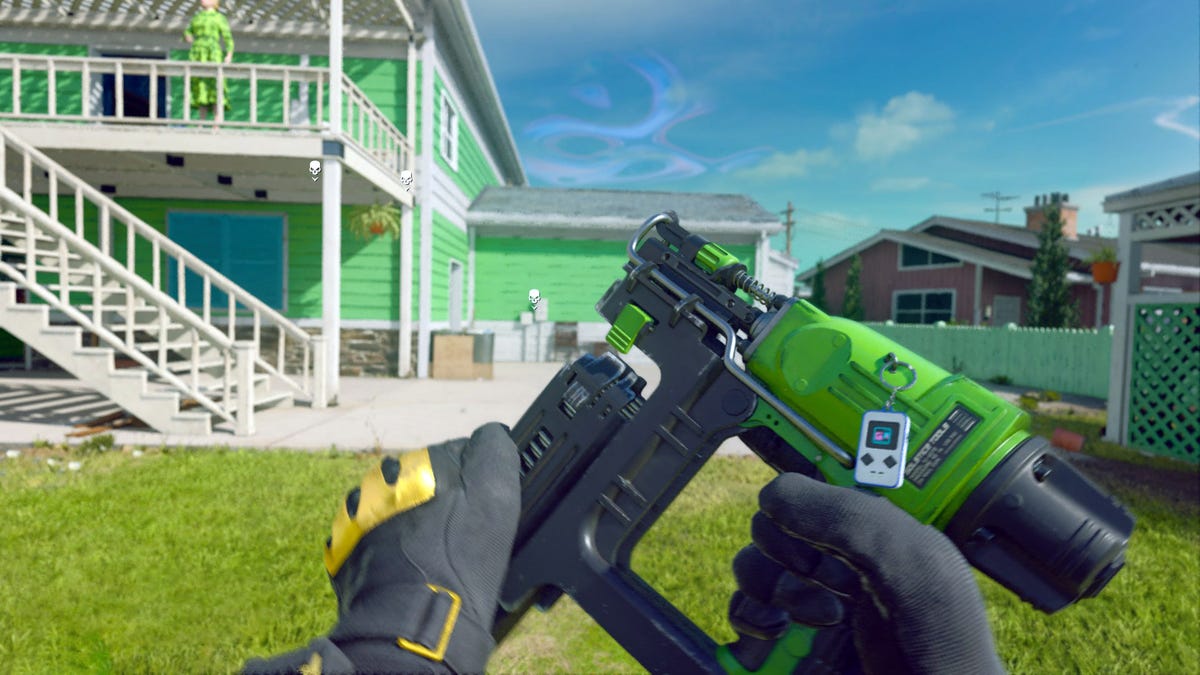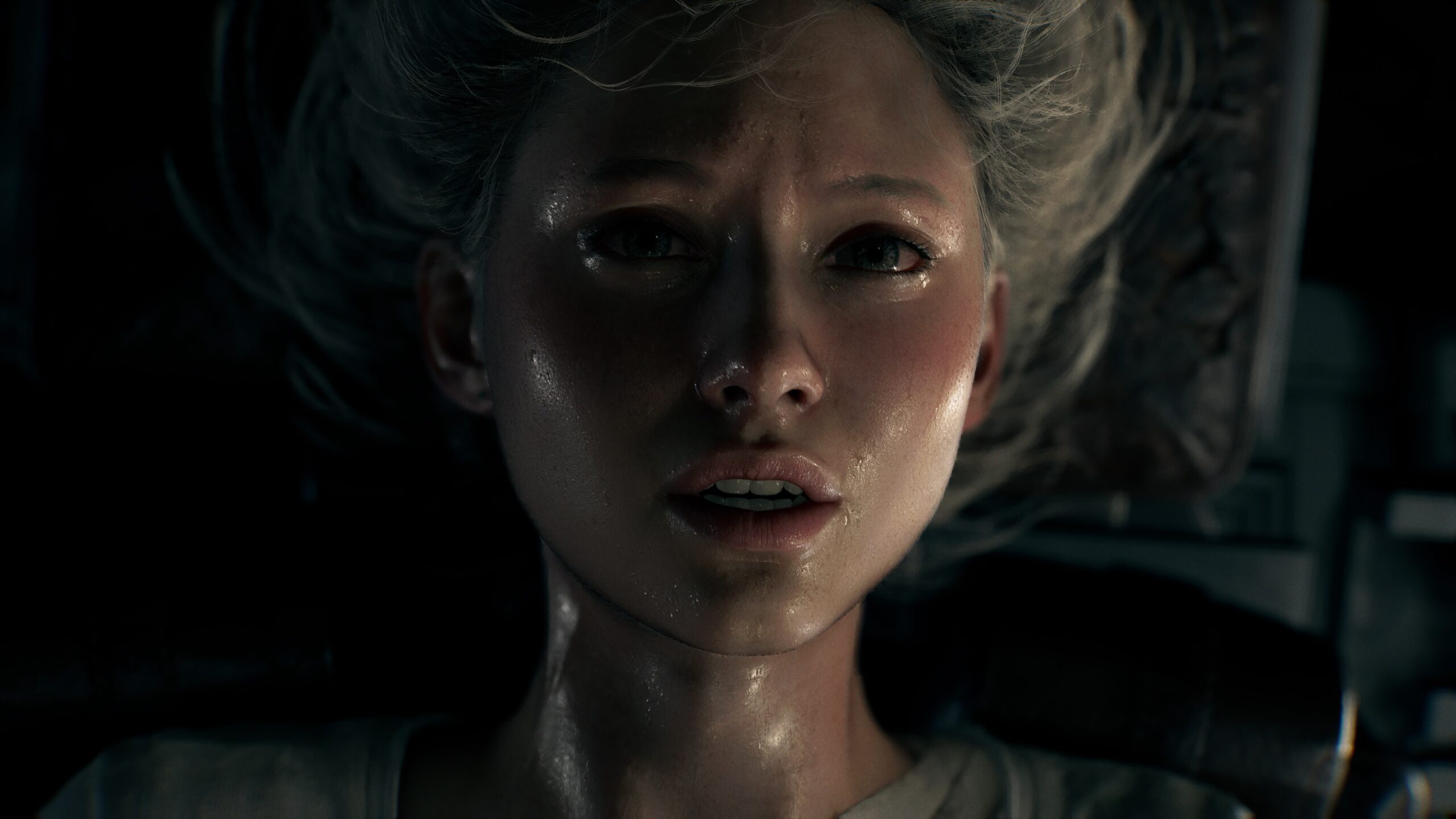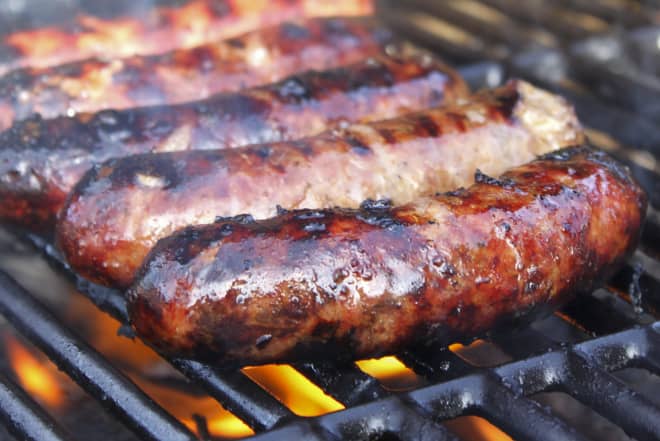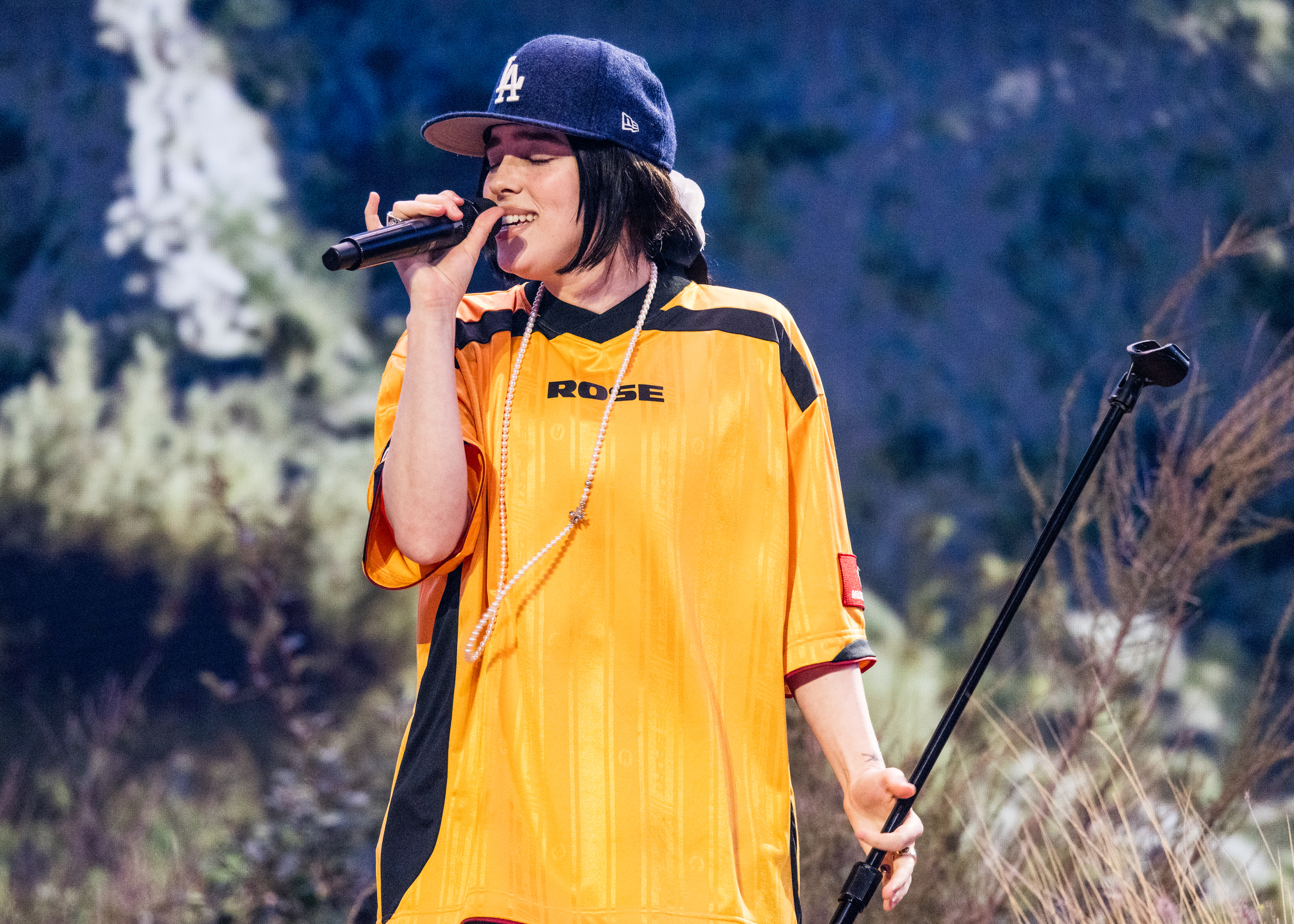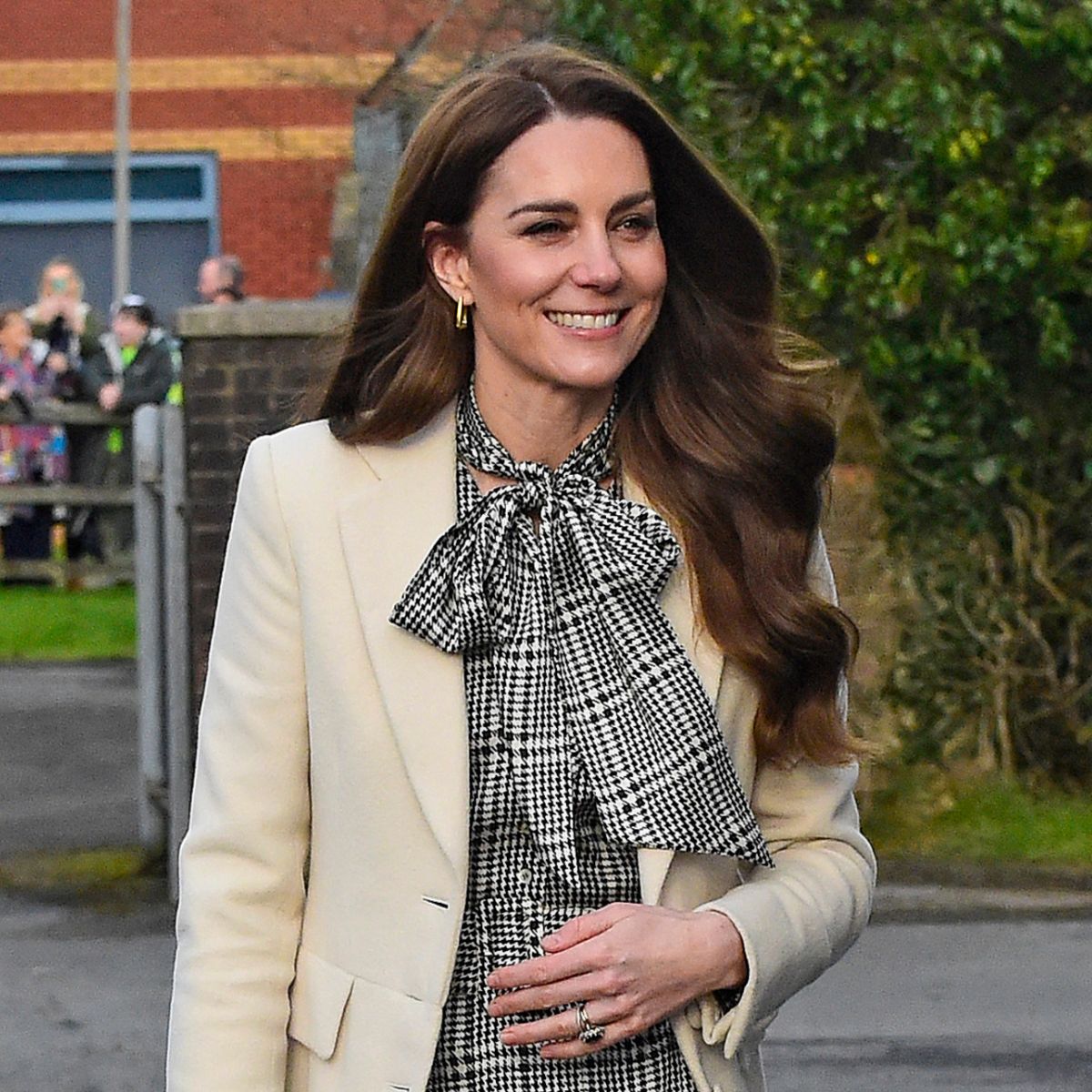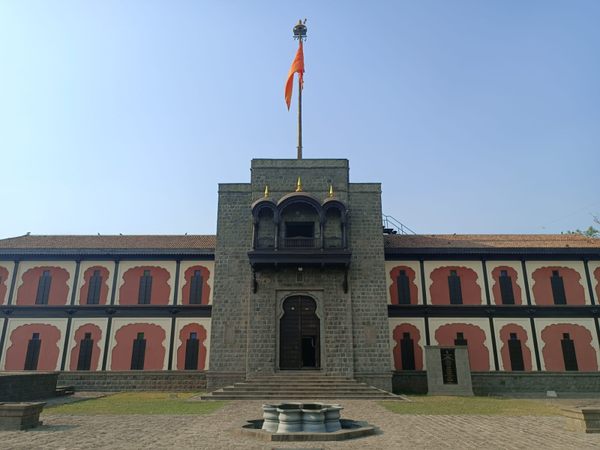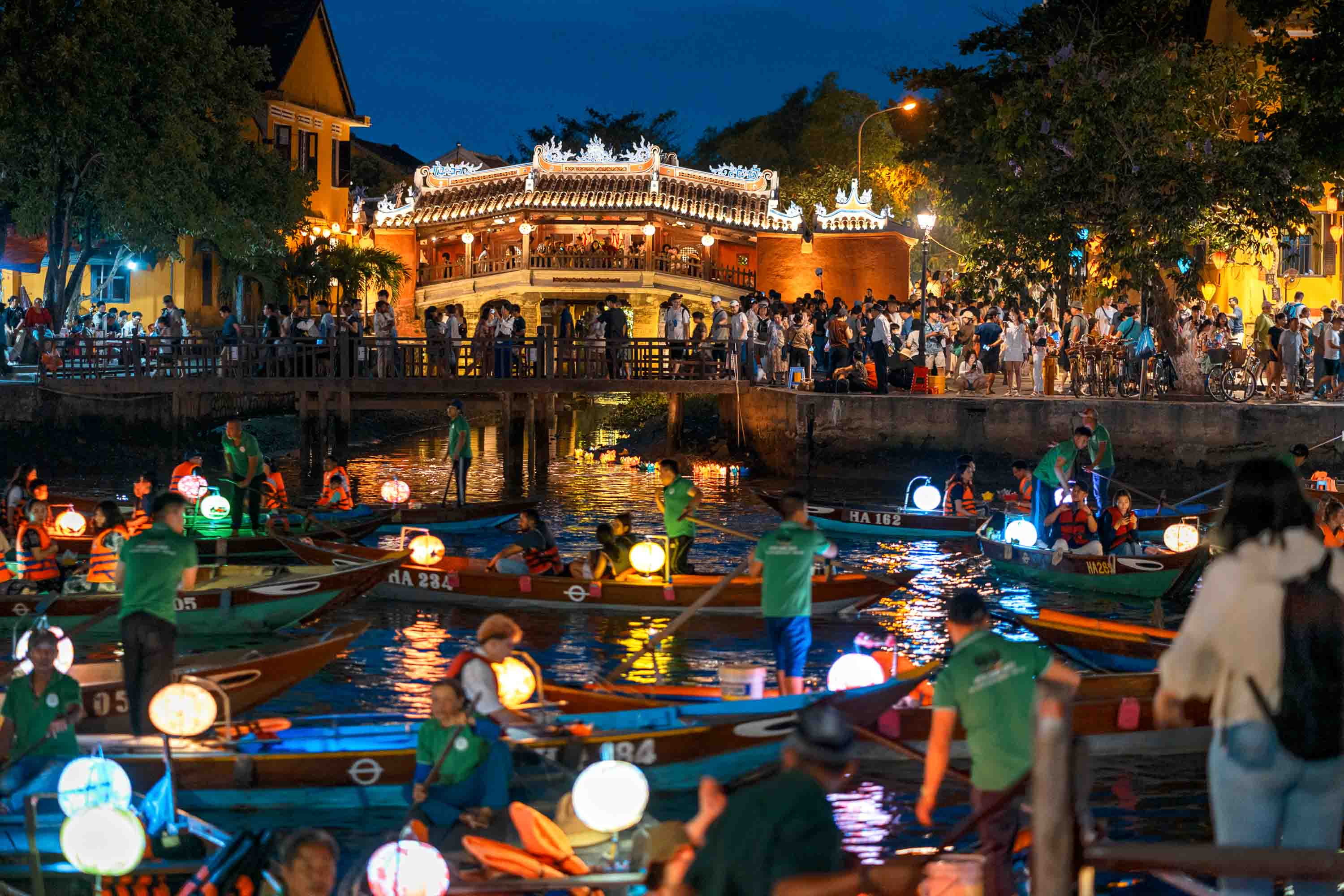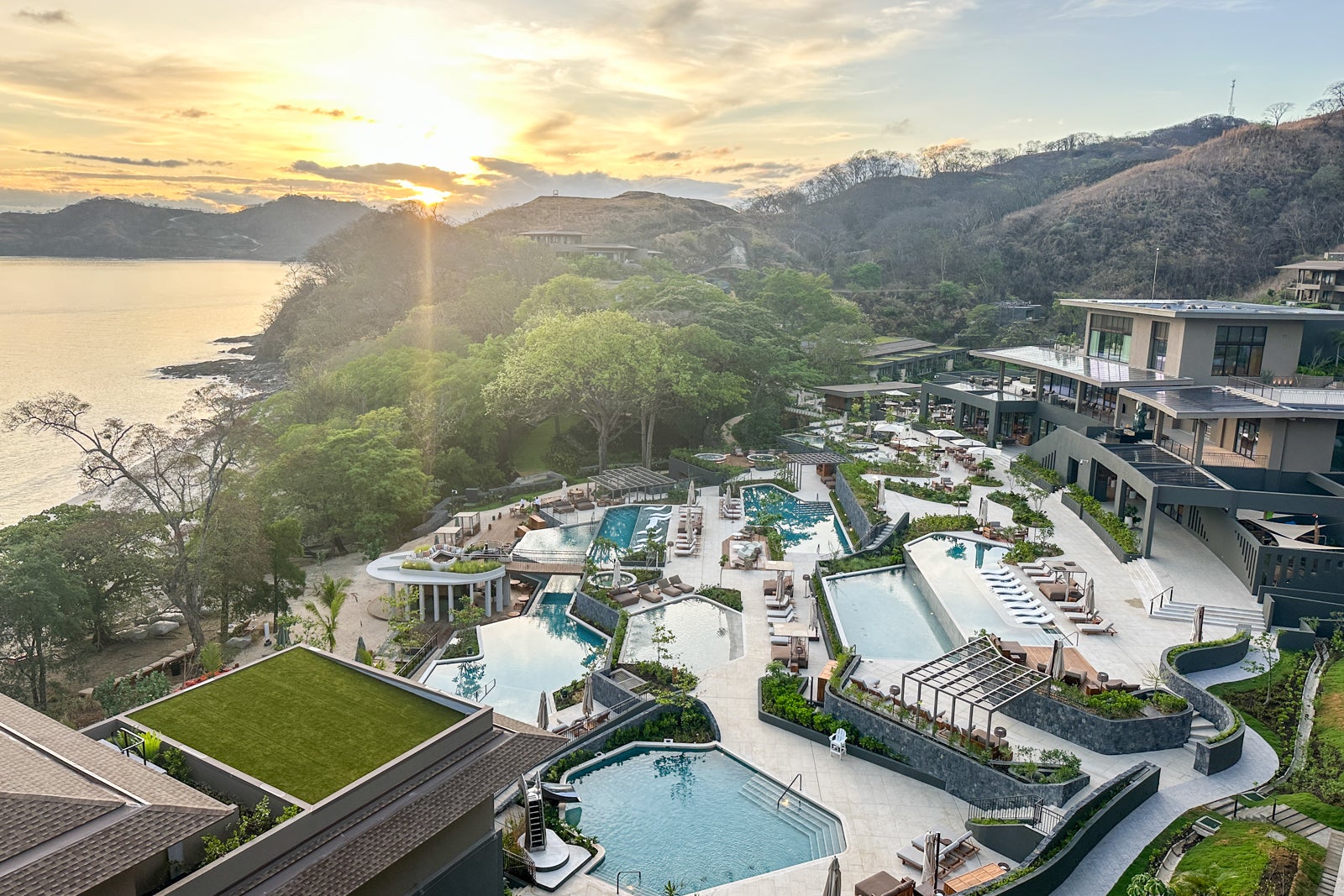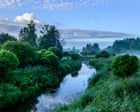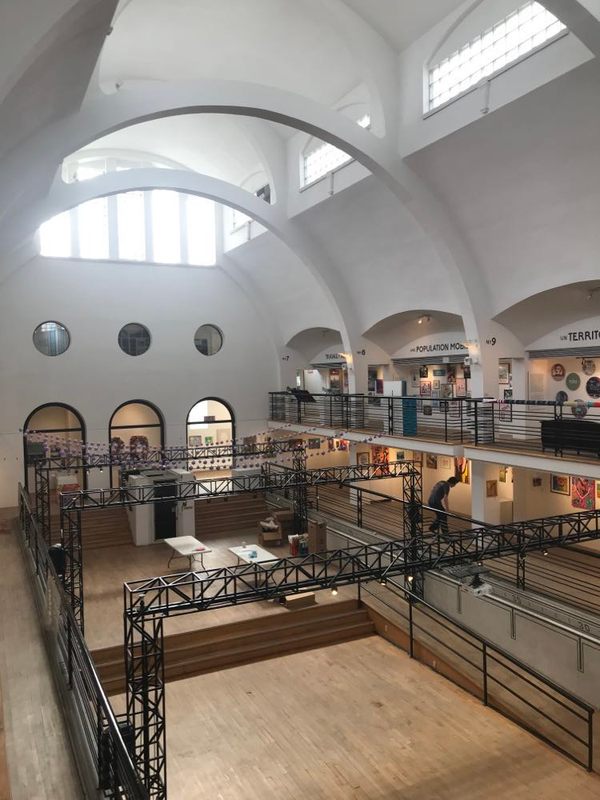Colorado River Aqueduct in Vidal Junction, California
It was the 1920s. The city of Los Angeles needed outside supplies of water to sustain its growth. William Mulholland, the legendary engineer who spearheaded Los Angeles's attempts to secure water, looked to the Colorado River as an ultimate source. Before Parker Dam was even completed in 1938, the Metropolitan Water District of Southern California (a consortium of cities that had been incorporated in 1928, at Mulholland's behest) was implementing plans for what became the Colorado River Aqueduct. Designed by Chief Engineer Frank E. Weymouth, this megaproject would come to include 62 miles of canals, 92 miles of tunnels, 84 miles of buried conduit and siphons, and several intermediate reservoirs. These reservoirs would be forebays for 5 pumping stations, which would raise the water in stages so that it could flow westward by gravity. These pumps were to be run with hydroelectricity from the newly completed Hoover Dam (then called Boulder Dam). The initial stage would raise water from Lake Havasu behind Parker Dam. The last link in the system to be finished was the 13 mile long San Jacinto Tunnel, which goes underneath the eponymous mountains and was completed in 1939. The system ends at Lake Mathews (originally called Cajalco Reservoir). A distribution network beyond this point extends across the Los Angeles plain, all the way to Santa Monica and the Palo Verde Hills. Water first flowed to Lake Mathews on January 7, 1939. Only the 60-odd miles of "canals"—about a quarter of the total length—fit the usual image of an "aqueduct," that is, a concrete-lined ditch carrying water. The rest of the system is underground. Of particular interest are the siphons that allow drainages to cross the course of the open aqueduct. The aqueduct stops on either side of the drainage, and a subterranean pipe connects the two ends of the aqueduct. Because the upstream end of the siphon remains filled with water at all times, the siphoning action is never broken and water flows continuously.


It was the 1920s. The city of Los Angeles needed outside supplies of water to sustain its growth. William Mulholland, the legendary engineer who spearheaded Los Angeles's attempts to secure water, looked to the Colorado River as an ultimate source.
Before Parker Dam was even completed in 1938, the Metropolitan Water District of Southern California (a consortium of cities that had been incorporated in 1928, at Mulholland's behest) was implementing plans for what became the Colorado River Aqueduct. Designed by Chief Engineer Frank E. Weymouth, this megaproject would come to include 62 miles of canals, 92 miles of tunnels, 84 miles of buried conduit and siphons, and several intermediate reservoirs. These reservoirs would be forebays for 5 pumping stations, which would raise the water in stages so that it could flow westward by gravity.
These pumps were to be run with hydroelectricity from the newly completed Hoover Dam (then called Boulder Dam). The initial stage would raise water from Lake Havasu behind Parker Dam. The last link in the system to be finished was the 13 mile long San Jacinto Tunnel, which goes underneath the eponymous mountains and was completed in 1939. The system ends at Lake Mathews (originally called Cajalco Reservoir). A distribution network beyond this point extends across the Los Angeles plain, all the way to Santa Monica and the Palo Verde Hills. Water first flowed to Lake Mathews on January 7, 1939.
Only the 60-odd miles of "canals"—about a quarter of the total length—fit the usual image of an "aqueduct," that is, a concrete-lined ditch carrying water. The rest of the system is underground. Of particular interest are the siphons that allow drainages to cross the course of the open aqueduct. The aqueduct stops on either side of the drainage, and a subterranean pipe connects the two ends of the aqueduct. Because the upstream end of the siphon remains filled with water at all times, the siphoning action is never broken and water flows continuously.




































